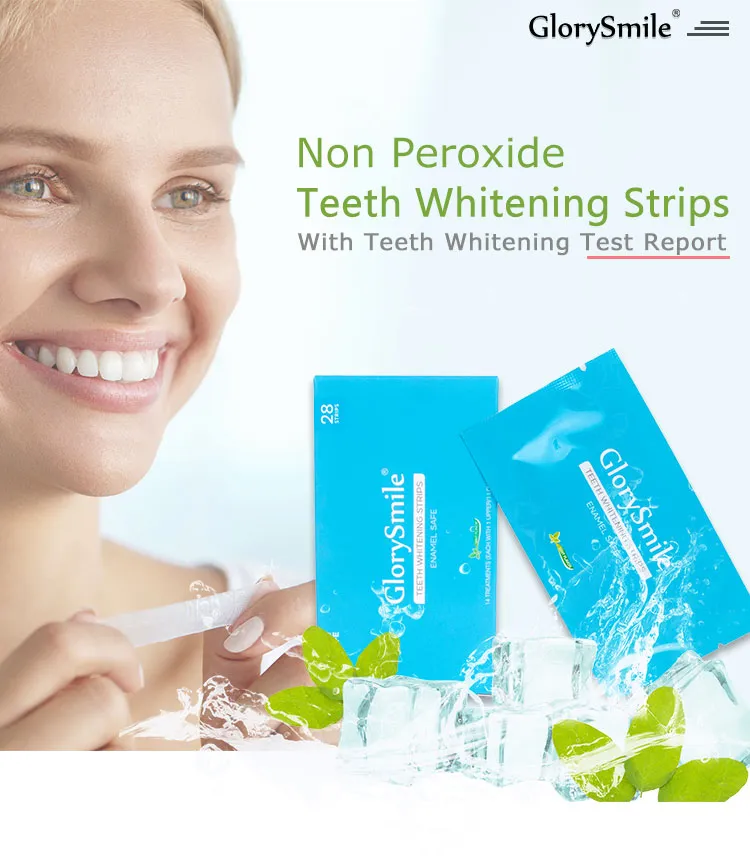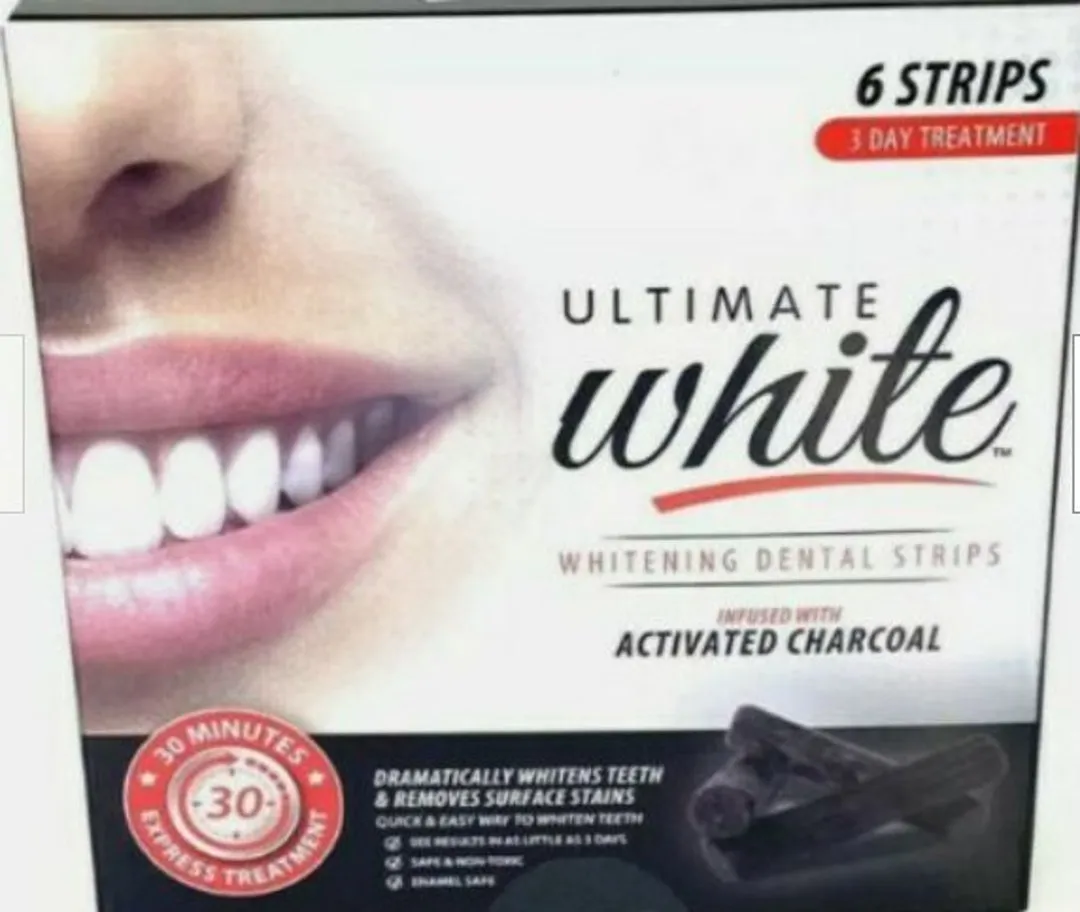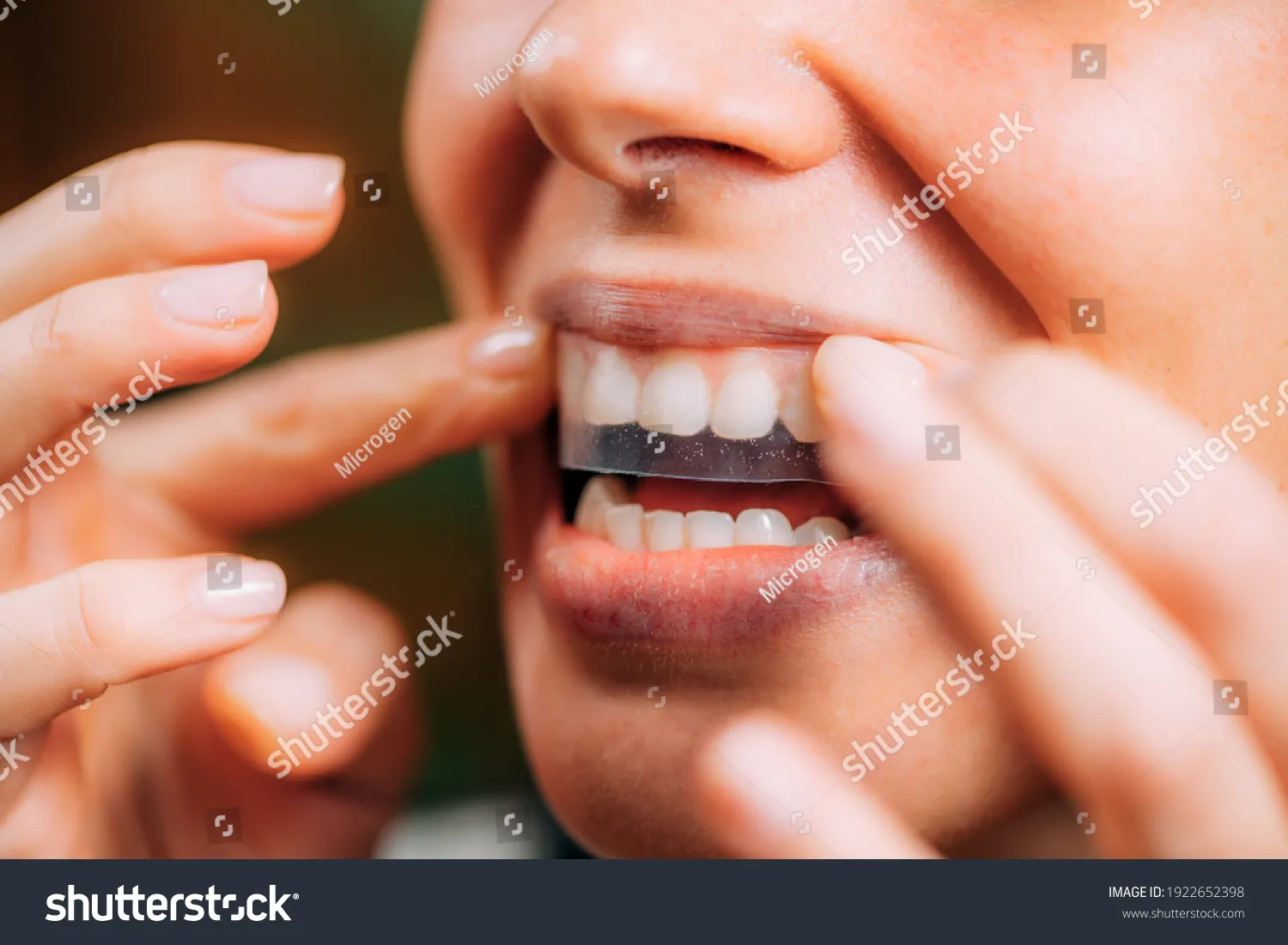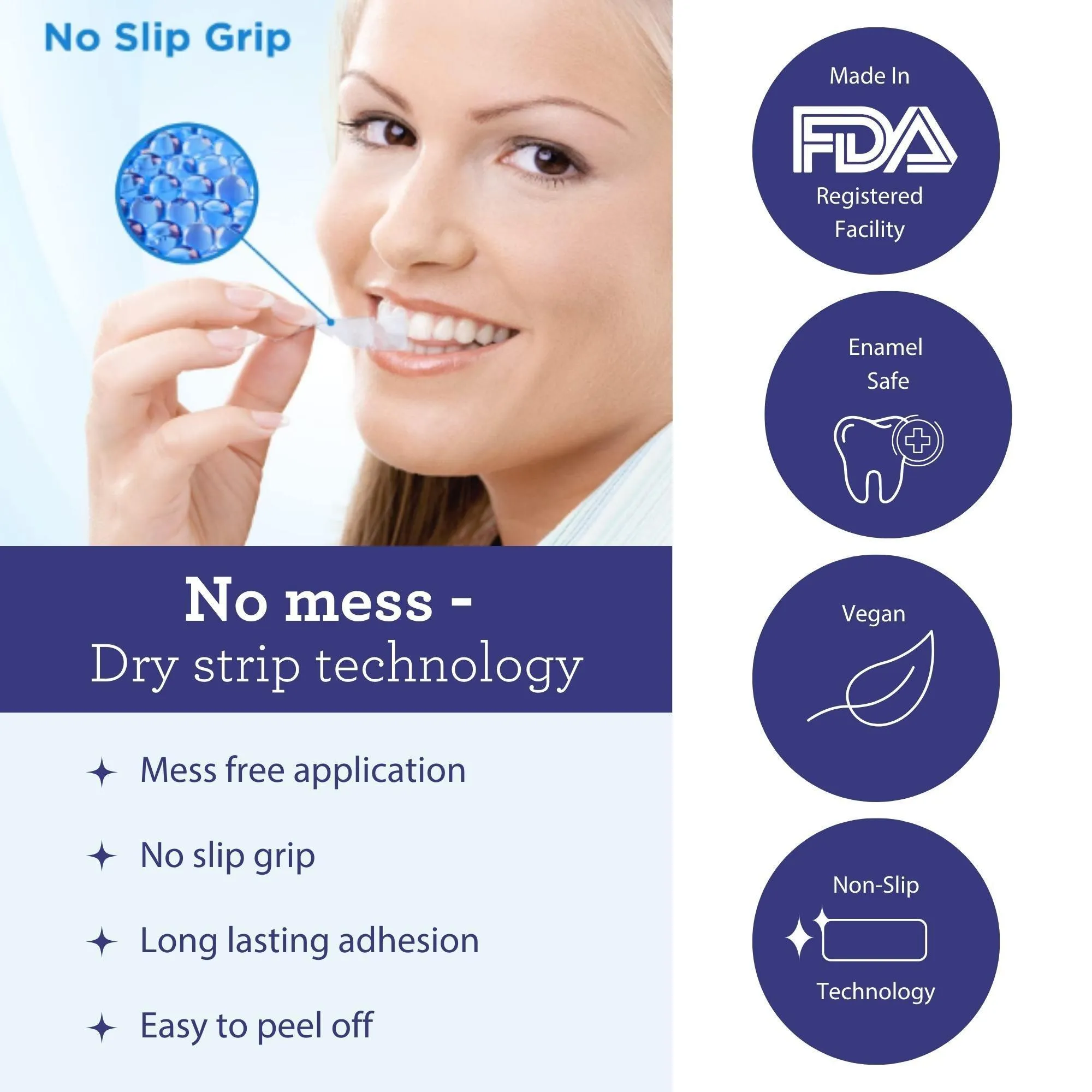What Causes Whitening Strips Pain?
Whitening strips are a popular choice for achieving a brighter smile, but they can sometimes come with the unwelcome side effect of pain or discomfort. This pain can range from mild sensitivity to more intense throbbing, making the whitening experience less than enjoyable. Understanding the underlying causes of this pain is the first step in finding effective relief and continuing with your whitening journey comfortably. Several factors contribute to the pain, and recognizing these can help you take proactive measures to minimize any discomfort and achieve those pearly whites.
Sensitivity to Ingredients
The primary culprits behind whitening strips pain are the active ingredients, most commonly hydrogen peroxide or carbamide peroxide. These chemicals work by breaking down stains on the tooth enamel, but they can also penetrate the enamel and reach the dentin layer, which contains nerve endings. This penetration can cause sensitivity, especially in individuals with naturally sensitive teeth or those with existing dental issues like micro-cracks in the enamel. The concentration of the active ingredient also plays a role; higher concentrations often lead to increased sensitivity. For some people, even low concentrations can trigger discomfort, highlighting the importance of choosing products that suit your individual needs.
Gum Irritation

Another common cause of pain is gum irritation. The whitening agents can come into contact with the soft tissues of the gums, leading to inflammation, redness, and even a burning sensation. This irritation is more likely if the strips are too large and overlap the gums, or if they are not applied correctly. Individuals with receding gums or pre-existing gum problems may be particularly susceptible to this type of irritation. The constant contact with the whitening solution can disrupt the delicate balance of the oral microbiome, further contributing to discomfort. Ensuring proper application and choosing strips that fit well are crucial steps in preventing gum irritation.
Improper Application
Incorrect application techniques can exacerbate pain. Applying the strips incorrectly, such as folding them over the gums or not ensuring full contact with the teeth, can increase the risk of sensitivity and irritation. Similarly, leaving the strips on for longer than the recommended time can intensify the exposure to the whitening agents, leading to greater discomfort. Not drying the teeth thoroughly before application can also affect how the strips adhere and perform. Following the product instructions carefully is essential for minimizing the risk of pain and achieving the best results. Proper application ensures that the whitening agent is targeted only at the teeth, reducing the chances of unnecessary irritation.
How to Prevent Whitening Strips Pain
Choose the Right Strips

Selecting the right whitening strips is the first line of defense against pain. Start by choosing strips with a lower concentration of the active ingredient, especially if you have sensitive teeth. Many brands offer varying levels of strength, allowing you to gradually increase the intensity as your teeth adjust. Look for products that are specifically designed for sensitive teeth, as these often contain ingredients that help to minimize discomfort. Read reviews and consult with your dentist to find a product that suits your individual needs and oral health condition. Remember, a slower, gentler approach is often more effective and less painful than a rapid, high-concentration treatment.
Prepare Your Teeth
Preparing your teeth before using whitening strips can significantly reduce pain. Brush your teeth gently with a sensitivity toothpaste for a week or two before you start whitening. This can help to desensitize your teeth and protect them from the whitening agents. Avoid acidic foods and drinks like citrus fruits, soda, and coffee, as they can make your teeth more sensitive. Make sure your teeth are clean and dry before applying the strips. This will help them adhere properly and minimize any potential irritation from the solution. Consider using a fluoride rinse to strengthen the enamel and reduce sensitivity.
Apply Correctly
Proper application is crucial for preventing pain. Carefully follow the product instructions, ensuring that the strips are applied only to the teeth and not overlapping the gums. Gently press the strips onto your teeth, making sure they are in full contact. Avoid aggressive rubbing, which can irritate your gums. Trim the strips if necessary to fit your teeth perfectly, especially in the back. Remove any excess solution that might have come into contact with your gums. After removing the strips, rinse your mouth with water to remove any remaining residue. Regular and correct application is key to minimize discomfort and obtain desired results.
Use in Moderation

Moderation is key when using whitening strips. Don’t overdo it. Following the recommended usage schedule on the product packaging can reduce the chances of sensitivity and pain. Avoid using the strips more frequently than recommended, even if you don’t see immediate results. Overuse can weaken your enamel, making your teeth more susceptible to discomfort. If you experience any pain, stop using the strips and give your teeth a break. You can resume using them later, perhaps with a less potent product or a different application schedule. Patience and a consistent approach often lead to the best results with minimal discomfort.
5 Ways to Alleviate Whitening Strips Pain
Use Sensitivity Toothpaste
One of the most effective ways to alleviate pain is to use sensitivity toothpaste. These toothpastes contain ingredients like potassium nitrate or stannous fluoride, which help to block the tubules in your teeth and reduce sensitivity. Brush your teeth with this toothpaste twice a day, starting a week or two before you start using the whitening strips. Continue using the toothpaste throughout your whitening process and even after you have finished. The sensitivity toothpaste will provide ongoing relief, reducing the discomfort caused by the whitening strips. Always make sure the toothpaste is designed for sensitive teeth for best results.
Apply Fluoride Treatment

Fluoride treatments can strengthen your enamel and reduce sensitivity. You can get fluoride treatments from your dentist or use over-the-counter fluoride mouthwashes. The fluoride helps to remineralize your teeth, making them less vulnerable to the effects of the whitening agents. If you are experiencing significant pain, consult your dentist about professional fluoride treatments. They can apply a higher concentration of fluoride directly to your teeth, providing more immediate relief. Incorporating fluoride into your oral hygiene routine can significantly reduce the discomfort associated with whitening strips, and help you enjoy a more comfortable experience.
Take Pain Relievers
Over-the-counter pain relievers, such as ibuprofen or acetaminophen, can help to manage the pain. Take these medications as directed on the label to help reduce any inflammation and discomfort. Make sure you do not exceed the recommended dosage. If the pain is severe, or the over-the-counter pain relievers are not providing enough relief, consult your dentist. They may be able to recommend stronger pain relief options or identify any underlying issues that are contributing to your pain. Pain relievers can offer temporary relief, allowing you to continue your whitening journey with greater comfort.
Adjust Application Time
If you are experiencing pain, try adjusting the application time. Reduce the amount of time you leave the whitening strips on your teeth. Start with a shorter application time than recommended, and gradually increase it as your teeth adjust to the treatment. If you continue to experience pain, try skipping a day or two between applications. This can give your teeth time to recover and reduce sensitivity. If you are using whitening strips for the first time, consider starting with a few applications to assess your tolerance before continuing with the full course. By adjusting the application time, you can still achieve the desired results, while minimizing discomfort.
Consult a Dentist

If you are experiencing persistent or severe pain, it is essential to consult your dentist. They can assess your oral health, determine the cause of the pain, and recommend appropriate solutions. They can check for any underlying issues like cavities, gum disease, or enamel erosion, that may be contributing to the discomfort. Your dentist can also offer professional whitening treatments, such as in-office whitening or custom-fitted whitening trays, which may be a more comfortable option. Regular dental checkups are vital for overall oral health. Do not ignore the pain. Seeking professional advice can lead to effective solutions.
When to See a Dentist
Knowing when to seek professional help can save you from unnecessary discomfort and potential dental complications. It is crucial to consult a dentist if the pain from whitening strips is severe, persistent, or accompanied by other symptoms, like bleeding gums, significant swelling, or changes in tooth color. Any unusual sensation, like a sharp pain when you eat or drink, should also prompt a visit to your dentist. These symptoms might indicate more serious dental problems. It’s also a good idea to see your dentist if the pain doesn’t improve with over-the-counter remedies. The earlier you seek professional assistance, the better your chances of addressing any dental issues effectively and safely.
